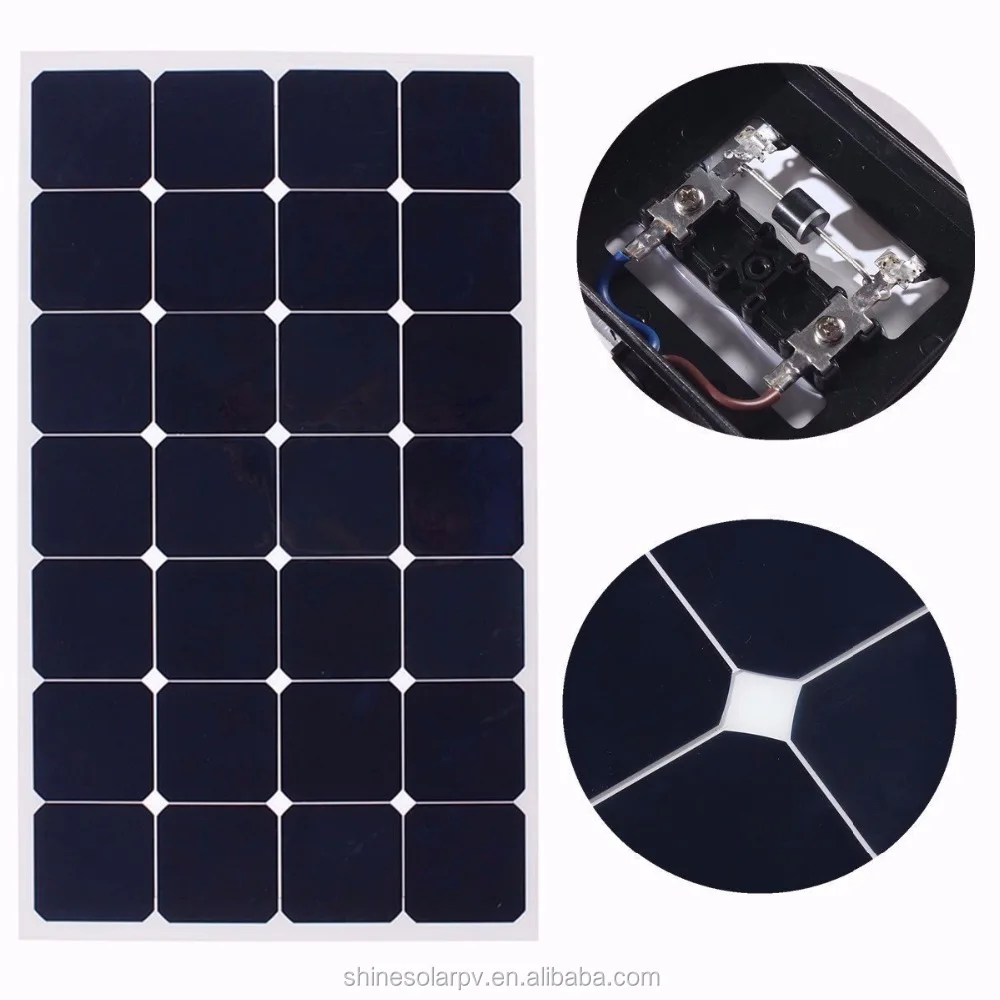

Its front side consisted of nanocones, which makes this ultra-thin device completely black. 1a,b, the back side of our solar cell had an interdigitated structure of highly doped p + and n + regions. We achieved high efficiency from ultra-thin, nanostructured Si solar cells by designing an emitter layer at the back of the device rather than the front, which is a so-called all-back-contact design. Nanostructured Si solar cell with all-back-contact design Owing to these problems, thin Si solar cells with nanostructures are not as efficient as they could be. In particular, the increased loss to Auger and surface recombination becomes worse for short-wavelength light, which is absorbed near the surface, normally yielding <50% external quantum efficiency (EQE) at 400 nm wavelength light. Considering the fact that the surface recombination becomes more critical to device performance as the absorber becomes thinner, the increased surface area in a thin Si solar cell can lead to a severe decrease of efficiency. For example, a porous nanostructure with ~300 nm depth and 50 nm diameter has 800% more surface area than a planar structure. Another problem of nanostructured Si solar cells is the increased surface area. It leads to severe Auger and surface recombination of charge carriers 29. Because the diffusion profile of the dopants is dependent on the surface morphology, a nanostructured device tends to have a much deeper junction depth with a higher concentration compared with a planar device 26, 28.


In general, nanostructured solar cells have a highly doped emitter layer at the front, fabricated by high-temperature diffusion processes. Here, we present a sub-10-μm-thick Si solar cell with a 13.7% power conversion efficiency that overcomes the critical problems of nanostructured devices: Auger and surface recombination. Despite the exciting success in light trapping, the power conversion efficiencies of nanostructured Si solar cells, however, remain below 19% for thick devices 26 and below 11% for thin devices 27. In the past several years, significant effort has been focused on enhancing the light absorption by nanoscale light trapping using nanowires 8, 17, 18, 19, nanocones 20, 21, 22, nanodomes 7 and nanoholes 23, 24, 25, 26. The conventional surface texturing with alkaline or acidic solution for sub-10-μm-thick Si substrates requires additional masking steps including photolithography 15, and it is hard to implement on thin substrates with high yield 16. Reducing a Si absorber thickness from 200 to sub-10 μm can potentially have a large impact on reducing the module cost further and enabling light-weight installation. In order to make a photovoltaic system cost-competitive without subsidies, its module cost should be <$0.5/W (ref. In particular, a silicon (Si) solar cell is still the mainstream technology in industry, and it has witnessed significant cost reduction in the past decade: its module cost was dropped from $33.44/W in 1980 to under $1/W in 2012 (ref. However, these exciting concepts thus far give power conversion efficiency lower than their bulk counterparts. Nanostructured solar cells have recently been investigated intensively because of their promise for low-cost materials and processing 1, 2, 3, 4, 5, 6, effective anti-reflection and light trapping for materials saving 7, 8, 9, light-weight and mechanical flexibility for low-cost installation 10, 11 and miniaturized energy sources 12.


 0 kommentar(er)
0 kommentar(er)
